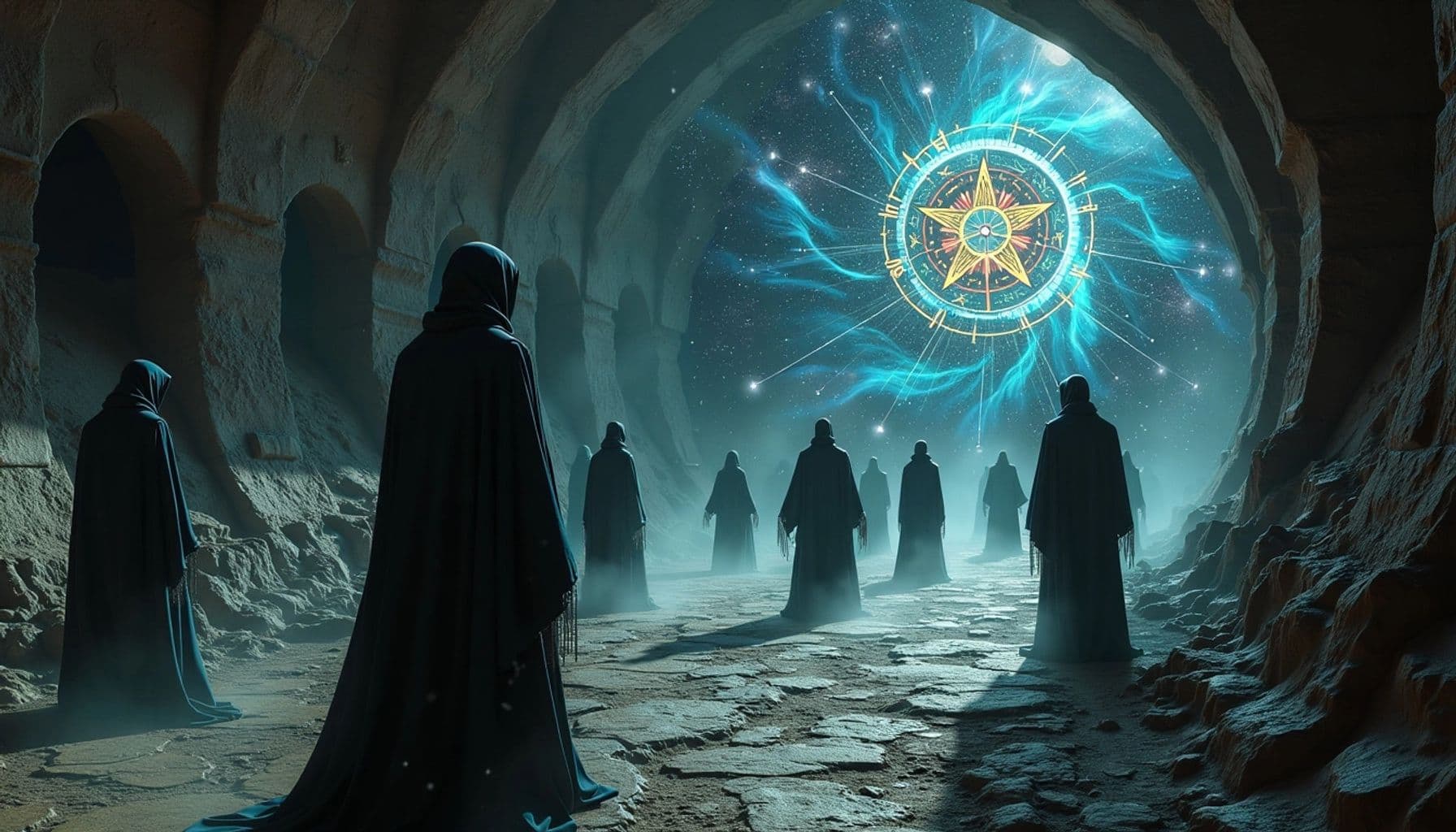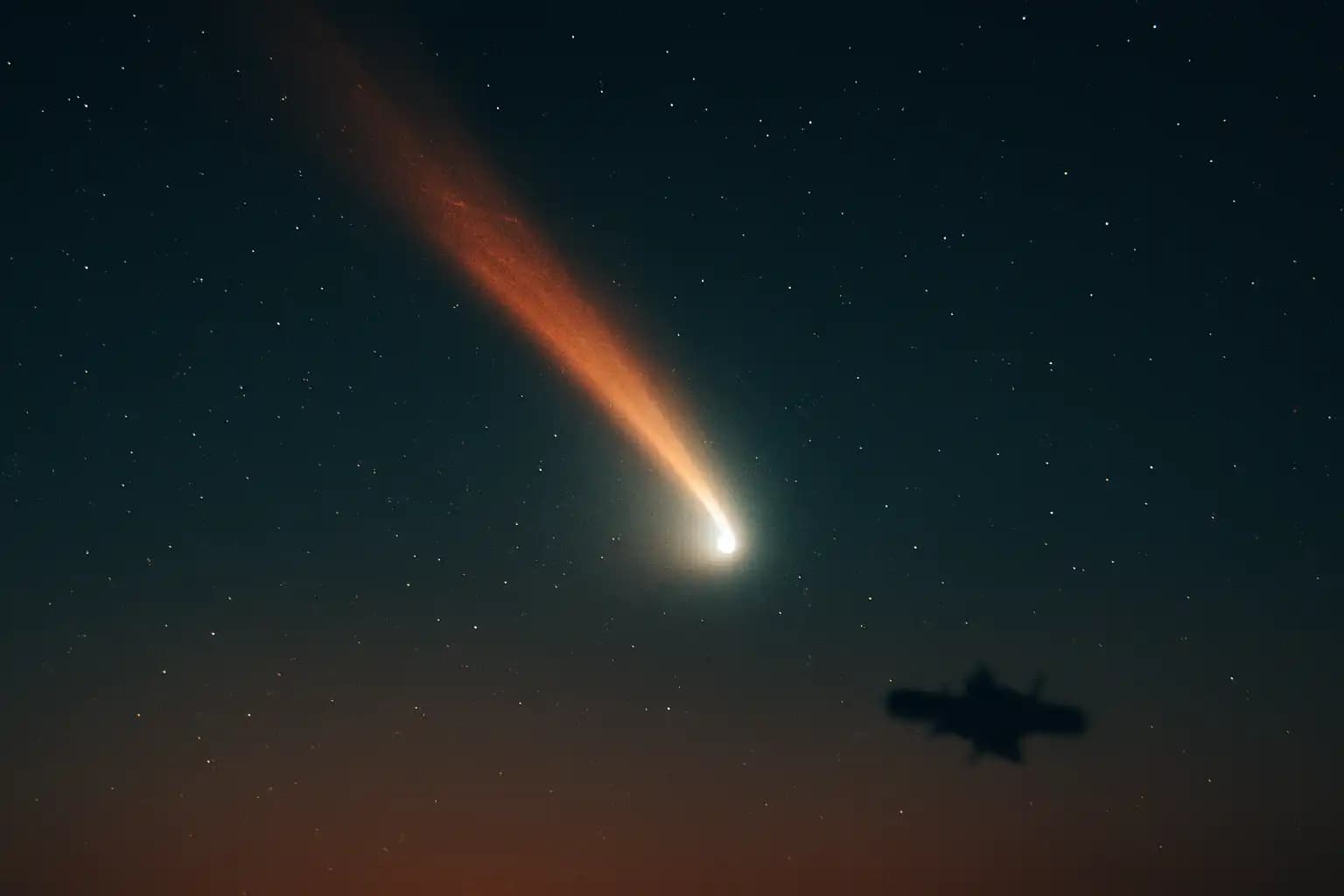As World War II came to a close, the United States initiated a covert operation to recruit German scientists, known as Operation Paperclip. This mission aimed to harness advanced technologies developed during the war, particularly in rocketry and aeronautics. Among the most intriguing aspects of this era is the speculation surrounding the Vril Society and its alleged connections to secret underground bases in Antarctica.
Key Takeaways
- Operation Paperclip recruited German scientists post-WWII.
- The Vril Society believed in advanced technologies and ancient civilizations.
- Operation Highjump was a military expedition to Antarctica that ended in failure.
- Speculations about advanced Nazi technologies and UFOs persist.
Operation Paperclip: A Secret Recruitment
After WWII, the U.S. military sought to capitalize on the expertise of former German scientists. Many of these individuals had been labeled as war criminals but were whitewashed to justify their recruitment. They were integrated into various roles, from military intelligence to NASA, significantly influencing America’s space program.
Key Figures:
- Wernher von Braun: Chief developer of the V2 rocket, later instrumental in the U.S. space program.
- German Scientists: Contributed to military intelligence and advanced technology development.
The Vril Society: Mystical Beliefs and Advanced Technologies
The Vril Society, active in pre-WWII Germany, believed in ancient civilizations and the existence of a subterranean race that possessed advanced knowledge. They theorized that these beings had mastered a mysterious energy source called Vril. This society’s influence extended into the Nazi regime, with members conducting research into psychic phenomena and advanced propulsion technologies.
Key Concepts:
- Subterranean Civilization: Belief in an ancient race that survived cataclysms and possessed advanced knowledge.
- Vril Energy: A mysterious force believed to be harnessed by this ancient civilization.
Operation Highjump: The Antarctic Expedition
In 1946, Admiral Richard Byrd led Operation Highjump, a military expedition to Antarctica. This operation was purportedly aimed at establishing a U.S. presence in the region but ended in disaster. Byrd’s forces faced unexpected resistance, leading to significant casualties and a hasty retreat.
Mission Details:
- Forces Involved: Over 4,500 military personnel, including naval battle groups.
- Outcome: The mission was cut short after two months, with Byrd reporting that the U.S. could be attacked by an enemy capable of flying from pole to pole.
Theories of Advanced Nazi Technology
Despite the defeat of Nazi Germany, theories persist that the regime developed advanced technologies, including flying saucers and anti-gravity crafts. Some believe that these technologies were hidden in underground bases in Antarctica, where remnants of the Nazi elite may have retreated.
Speculative Technologies:
- Flying Saucers: Alleged development of disc-shaped aircraft by German scientists.
- Anti-Gravity Technology: Claims that the Nazis had achieved breakthroughs in propulsion technology.
The Legacy of the Vril Society and Nazi Technology
The Vril Society’s influence on Nazi ideology and technology continues to spark interest. Their beliefs in ancient civilizations and advanced technologies have led to ongoing speculation about the existence of secret bases and advanced crafts.
Cultural Impact:
- UFO Sightings: Many UFO enthusiasts link sightings to the remnants of Nazi technology.
- Secret Societies: Theories suggest that various secret societies have continued to explore these technologies.
Conclusion
The intersection of WWII, secret societies, and advanced technologies creates a fascinating narrative that continues to captivate the imagination. While much of this remains speculative, the legacy of the Vril Society and the events surrounding Operation Highjump contribute to a broader understanding of the mysteries that linger in the shadows of history. The quest for knowledge and the pursuit of advanced technologies remain as relevant today as they were in the past.




